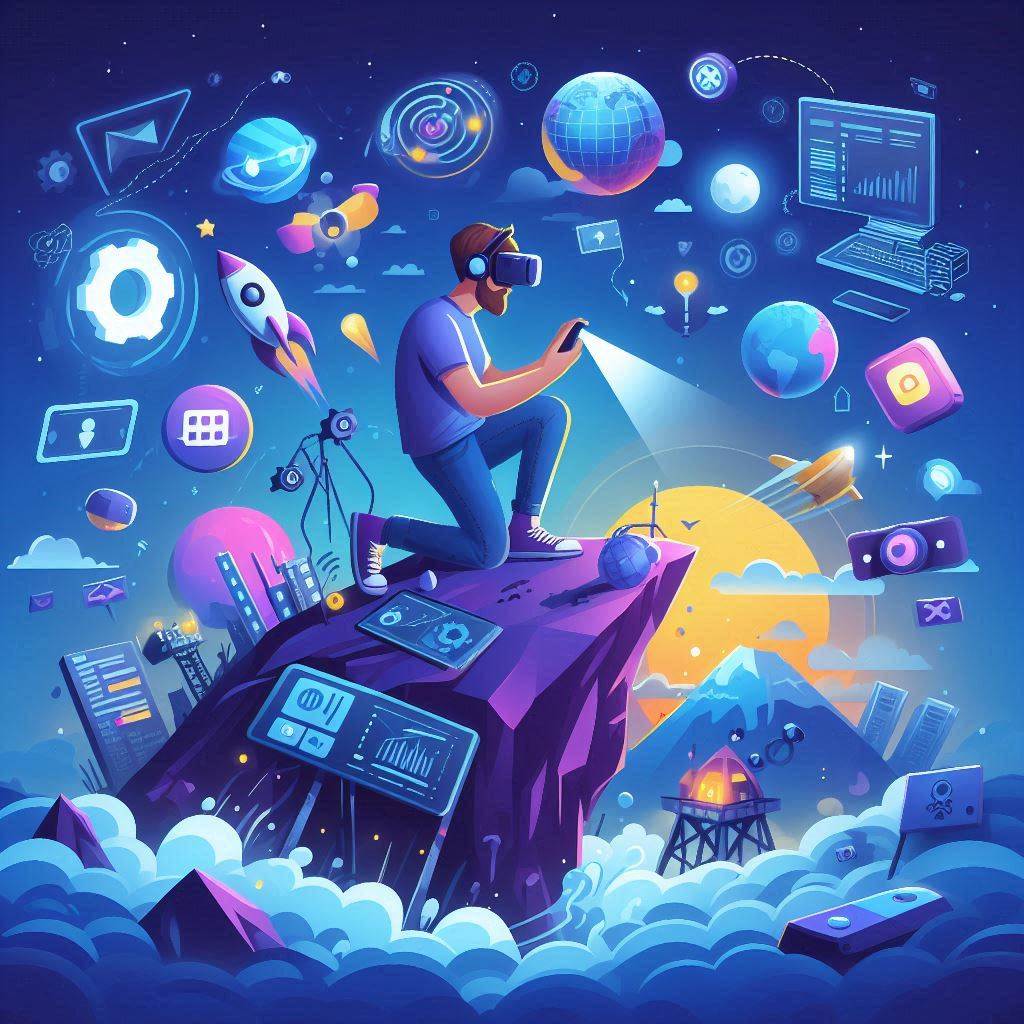The world of digital design is vast and constantly evolving. With so much information available online, it can be difficult to define what digital design actually means.
What is Digital Design?
Digital design refers to the process of creating visual and interactive content for digital platforms such as websites, social media, mobile applications, and video games. It involves using a variety of tools and techniques to create designs that are visually appealing, easy to use, and engaging for the target audience.

Case Studies: Success Stories in Digital Design
One great example of successful digital design is the redesign of Airbnb’s homepage. The company worked closely with users to understand their needs and pain points when booking a place to stay. They then used this information to create a new design that was more user-friendly, with a focus on clear calls to action and easy-to-use navigation.
Another great example is the redesign of Starbucks’ mobile app. The company worked with users to understand their preferences and behaviors when using the app, and then used this information to create a new design that was more intuitive and streamlined. This included features such as the ability to pre-order food, order ahead for pickup, and pay with mobile wallets like Apple Pay.
The Importance of User Experience in Digital Design
User experience (UX) is a critical aspect of digital design. It refers to the way users interact with a digital product or service, and how easy it is for them to accomplish their goals. A good UX can make all the difference in whether users stick around and become loyal customers, or if they leave and go elsewhere.
Research has shown that users will abandon a website or app if they find it difficult to use, confusing, or frustrating. In fact, according to a study by Nielsen Norman Group, users will abandon a website after just two clicks.
The Role of Design Thinking in Digital Design
Design thinking is a problem-solving approach that involves empathizing with users, defining the problem, ideating potential solutions, prototyping, and testing. It’s a powerful tool for digital designers because it helps them create designs that are user-centric and focused on solving real problems.
By using design thinking, digital designers can create designs that are intuitive, easy to use, and visually appealing. They can also identify areas where users may be struggling or experiencing frustration, and make changes to improve the overall UX of the product.
The Future of Digital Design
As technology continues to evolve, so too will digital design. We can expect to see more focus on creating immersive and interactive experiences, as well as the integration of emerging technologies like virtual reality and augmented reality.
At its core, however, digital design will always be about creating experiences that are intuitive, user-friendly, and designed with the end user in mind. Whether it’s a website, mobile app, or video game, successful digital design will always be about solving real problems for real people.
FAQs
Q: What is digital design?
A: Digital design refers to the process of creating visual and interactive content for digital platforms such as websites, social media, mobile applications, and video games.
Q: What is the importance of user experience in digital design?
A: A good UX can make all the difference in whether users stick around and become loyal customers, or if they leave and go elsewhere. Users will abandon a website after just two clicks if they find it difficult to use, confusing, or frustrating.



